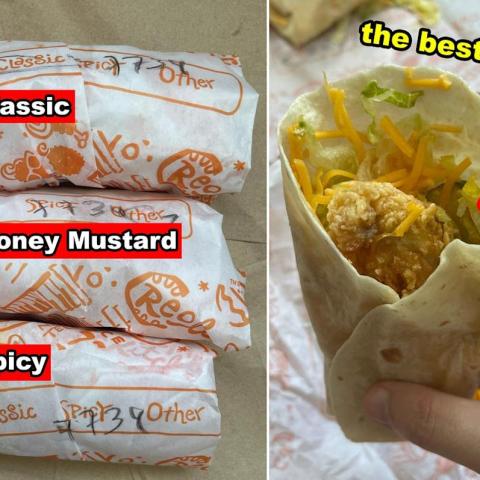Raed Jamal, a father of four, recently returned from an aid distribution in Gaza, empty-handed. He shared a haunting experience: “The tanks came and started firing. Three boys near me were killed.” All Jamal managed to bring back were two empty boxes. His trek took him to an aid center located in a zone that had been evacuated, leaving civilians like him to risk their lives for food.
The Gaza Humanitarian Foundation (GHF) runs several of these centers. Despite their role, GHF has faced backlash for their dangerous methods. They replaced a UN-operated system that had included hundreds of safer, non-militarized aid points. Reports suggest that since its operations began in May, GHF has been linked to over 1,000 deaths related to food shortages.
Pressing issues surround the aid distribution. Centers remain open for mere minutes at a time, with civilians often arriving to find long waits ahead. As Philippe Lazzarini, chief of UNRWA, stated, “This mechanism… is a death trap costing more lives than it saves.” The system disadvantages many, typically allowing only able-bodied men to rush for supplies.
Social media reflects desperation; people like 27-year-old Mahmoud Alareer share their struggles and risky journey to aid sites, where chaos ensues once the centers open. “You always know that it could be you who gets shot,” he said. Each distribution point is surrounded by Israeli tanks, with a constant threat overhead from drones.
International response has been critical. Médecins Sans Frontières (Doctors Without Borders) slammed GHF’s methods as harmful. They emphasize that night distributions put lives at risk, especially as many roads aren’t recognizable due to conflict. Aitor Zabalgogeazkoa, an emergency coordinator for MSF, argues that it appears the system is designed to harm those seeking help.
Recent statistics highlight the plight of Gaza’s residents. According to the World Food Programme, nearly one in three are facing severe food shortages. Moreover, up to 70% of agricultural land has been damaged, exacerbating the humanitarian crisis. In the meantime, many are attempting to survive on limited aid, while calling for a return to safer, more accessible help.
As aid remains scarce, tensions show no sign of easing. Gazans are trapped between the need for food and the dangers of seeking it, fighting to sustain their lives amidst chaos.
Source link




















